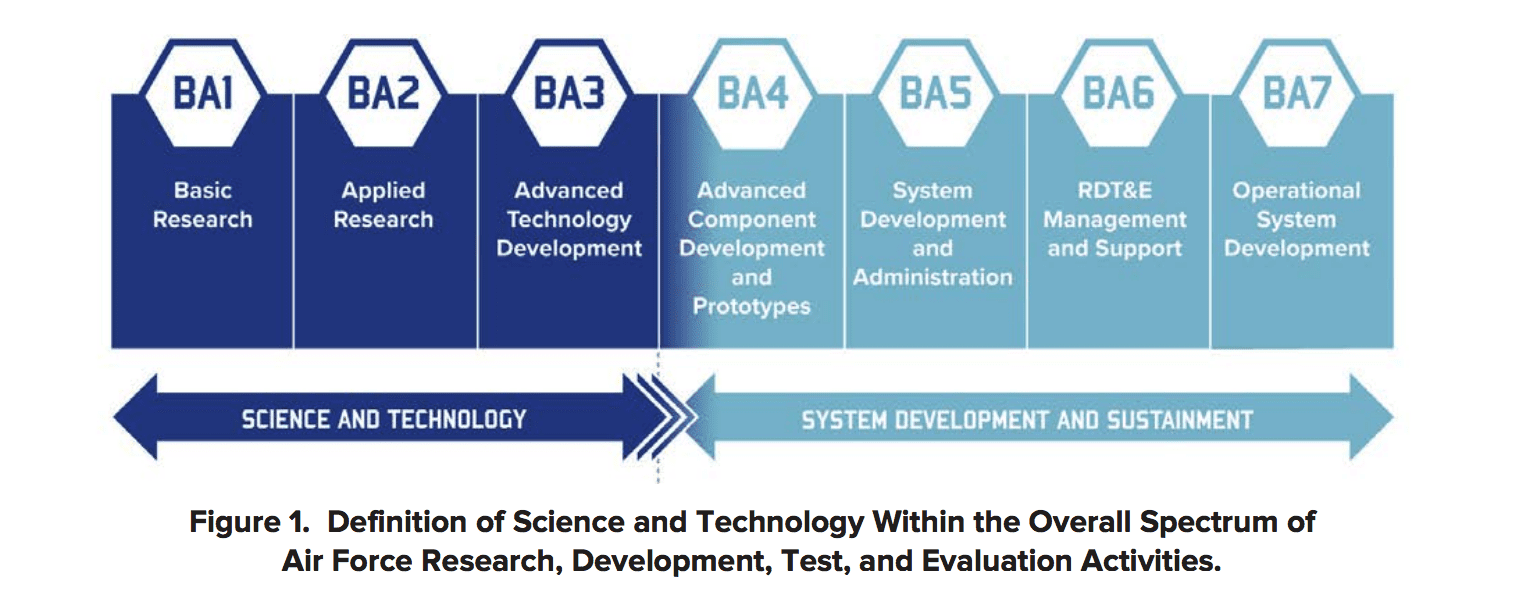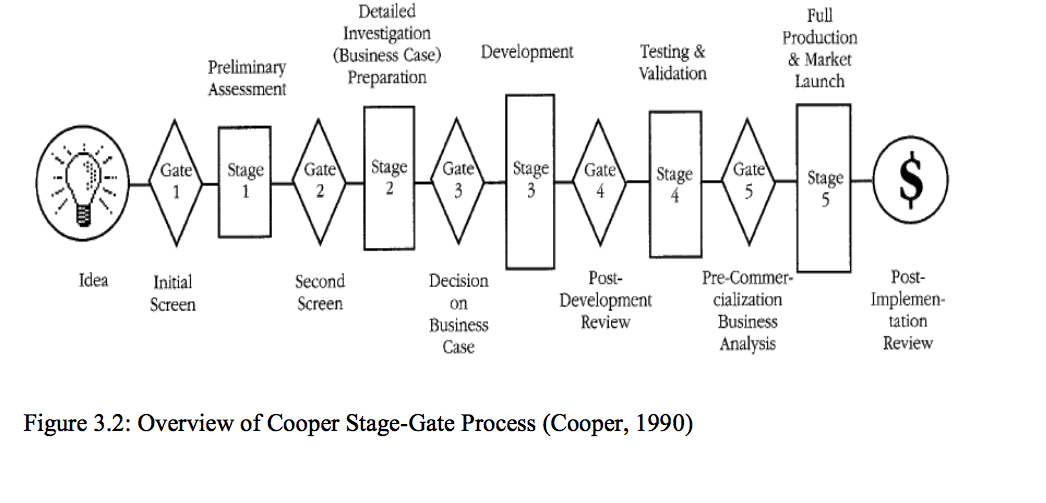WBI is bringing a new understanding of technology portfolio management to the Air Force at Wright-Patterson Air Force Base. WBI held a workshop introducing the newly-minted Air Force Rapid Sustainment Office (AFRSO) to the Innovation Performance Framework developed by the Stage-Gate® Institute. Designed for industry, the framework helps organizations make quick investment decisions, with divergent information, resulting in solutions that converge on saving time and money. Organizations that use these framework elements are 2-4 times more effective than those who do not use the framework. WBI team members collaborated with SAF/AQ and AFRSO staff to tailor the framework to AFRSO needs. Results of the collaboration included rapid, data-driven decision-making, and clear metrics to inform whether to promote a project to the next stage of development and investment. WBI also introduced six COTS software solutions that provide holistic guidance through the framework, making implementation smoother and faster.
When discussing innovative portfolio management, there are four distinct classes of innovation to consider according to Forbes: Evolutionary, Differentiation, Revolutionary and Fast-Fail. Determining the right mix depends on how aggressive or conservative the DoD wants to be, but to make such determinations also requires realistic short- and long-term planning goals to decide just how innovative it can afford to be. In some situations, it can’t afford to not be innovative.

Critical Connectivity
A recent GAOWeapon System Program Stability study noted a disconnect between various DoD products. Unlike the GAO, which assesses productinvestments from an enterprise level, the DoD assessed investments independent of one another. The DoD was found to pay less attention to overall portfolio and to make faster, less informed, fragmented commitments. The results of that trend in strategy were predictably mixed, leading to gaps in warfighting capabilities. Warfighting needs must be integrated into an enterprise portfolio management approach to investments which factors in all resources and cuts, focuses on best practices, and includes a critical review phase which can clearly measure goal achievement.
“To succeed in the emerging security environment, our Department and Joint Force will have to out-think, out-maneuver, out-partner, and out-innovate revisionist powers, rogue regimes, terrorists, and other threat actors."
- 2018 National Defense Strategy
The April 2019 Science and Technology Strategy noted that the Air Force’s science and tech enterprise is “focused on developing technical advances to enhance operational effectiveness,” with a goal to do more with less. This goal would be more readily reachable through innovative portfolio management practices.
The development of the AF’s future force relies on sustained collaboration and collaborative development within its organization and the entire range of doctrine, as well as training, material, leadership, personnel, facilities, etc. But this all greatly depends on more communicative, more inclusive relationships between the scientific and tech enterprise and Warfighting Integration Capability as innovative platforms are worked on.
The Power of Stage-Gate Frameworks
Stage-Gate Frameworks can be used for both new and existing products. The concept disassembles a project into smaller projects to be evaluated at each of five unique stages: Concept, Protocept, Alpha, Beta, and Commercial. Utilization of Stage-Gate Frameworks allows for 2.3 times faster market entry for products, 12 times greater productivity, and 72% profitability objective attainment. For R&D and Innovation projects to successfully use these frameworks requires organizational configuration, as well as developing a strategy and leading the shift into this retooled culture. Through stretch goals, group work, and radical simplicity, they can enable an adaptable, scalable process which ensures teams have access to the resources they need while guaranteeing compliance as projects progress.

By establishing goals for product innovation efforts that are linked to broader business goals, the AF can begin to implement this framework construct. But the key to doing so is to know how new products and product innovation fit into the overall plan. Only then can it make decisions on spending commitments, priorities, and strategic buckets as it develops a Strategic Product Roadmap.
WBI will continue educating AFRL and the Air Force, while connecting them to experts that can help them develop directorate-specific approaches to managing their portfolios.
Resources:
Managing Your Innovation Portfolio (Harvard Business Review)
https://hbr.org/2012/05/managing-your-innovation-portfolio
Why You Need An Innovation Portfolio (Forbes)
Weapon System Program Stability (Study performed by GAO)
https://www.gao.gov/assets/260/258339.pdf
https://www.gao.gov/assets/260/258331.pdf
Science and Technology Strategy: Strengthening USAF Science and Technology for 2030 and Beyond (April 2019)
Developing a Product Innovation and Technology Strategy for Your Business (Stage-Gate International)
Implementing a Stage-Gate Process for R&D and Innovation Projects – Challenges and Enabler (Lund University)
http://www.innovationengineering.lth.se/fileadmin/innovationsteknik/ImplemetingaStageGate_2_.pdf
